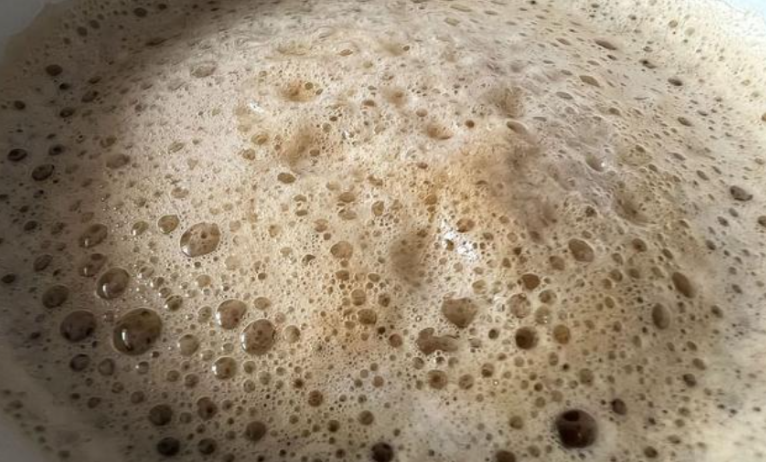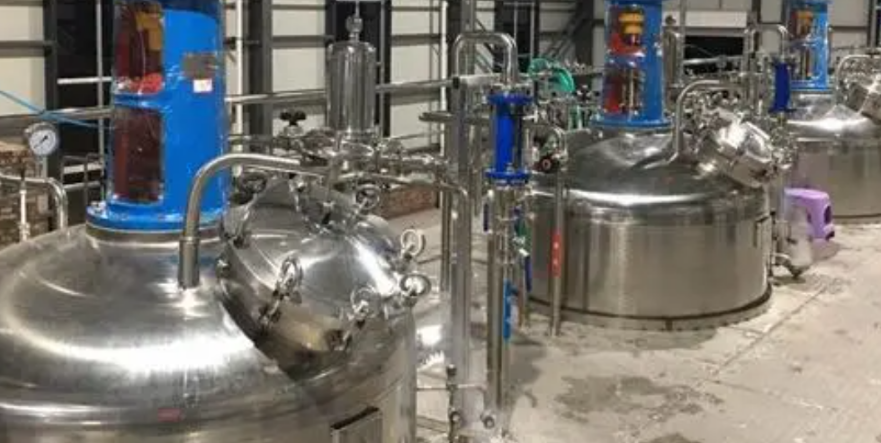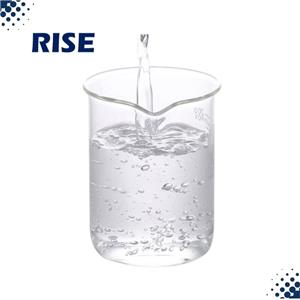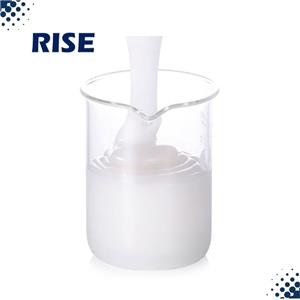Why do we need defoamer in the fermentation process?
Fermentation engineering is a type of engineering that utilizes modern technology, ferments through microbial functional processes, and then produces products that meet human needs. Fermentation engineering is widely used in various fields such as pharmaceutical production, food processing, and waste treatment, promoting the development of the biotechnology industry. For example, the production of antibiotics relies heavily on fermentation technology. When bioengineering fermentation is accompanied by foam, fermentation defoamer can be used for treatment. Why add defoamer? What is the cause of foam? What are the methods and principles of defoaming?

In the fermentation process of fermentation tank, due to aeration and agitation, the production of metabolic gas and the presence of protein, oil, fatty acid and other surface active substances, the fermentation liquid will produce a certain amount of foam. A small amount of foam is normal, which can also increase the gas-liquid contact area and increase the oxygen transfer rate. However, a large amount of foam will bring a series of effects on aerobic fermentation. The production of foam is a complex process, involving the comprehensive effect of many factors. The foam of fermentation engineering can be effectively controlled and utilized through reasonable management and adjustment of process parameters.
1. Causes of foam during fermentation
(1) The production of foam is related to the aeration and stirring rate. The foam increases with the increase of air volume and mixing speed, so when there is too much foam, the air volume and mixing speed can be reduced.
(2) Medium ratio and raw material composition: when the nutrient content of the medium is high, especially the protein content is high, more foam will be produced. At the same time, the viscosity and concentration of the medium will also affect the stability and quantity of foam. Sugar has poor foaming ability, but it can increase the viscosity of the culture medium and maintain the stability of foam.
(3) Growth state of bacteria: when bacteria grow vigorously, they will produce more foam. With the process of fermentation, when the nutrient matrix is consumed, the number of foam may decrease until the cell dissolves and releases more protein, and then the foam will increase again.
(4) The sterilization method, temperature, and time of the culture medium: These factors can affect the properties of the culture medium, indirectly affecting its foaming ability.
2. Hazards of foam during fermentation
(1) Productivity reduction: In order to contain foam and prevent overflow in the fermentation tank, the loading capacity will be intentionally reduced, affecting productivity.
(2) Waste of raw materials: once the equipment volume cannot accommodate the excess foam, the foam will overflow, causing the loss of raw materials and waste.
(3) Contamination: If foam increases and liquid escapes, the medium will be stuck in the exhaust pipe, causing the growth of miscellaneous bacteria, which will grow into the fermentation tank and cause contamination.
(4) Impact on bacterial respiration: If the bubbles are too stable and do not break, as the microorganisms breathe, the bubbles are filled with carbon dioxide and cannot exchange with oxygen in the air, ultimately affecting bacterial respiration.

3. Selection of defoamer types
Defoaming principle: when there is polar surfactant on the surface of foam to form a double electric layer, another surfactant with opposite charge can be added to reduce its mechanical strength, or some substances with strong polarity can be added to compete with the foaming substance for space on the liquid film, and reduce the mechanical strength of the liquid film, thus promoting the rupture of foam. When the liquid film of the foam has a large surface viscosity, some substances with small molecular cohesion can be added to reduce the surface viscosity of the liquid film, so as to promote the liquid loss of the liquid film and break the foam.
Property of defoamer: A good defoamer can have both of the above properties, namely, it can simultaneously reduce the mechanical strength of the liquid film and lower the surface viscosity of the liquid film. In addition, in order to make the defoamer easy to spread on the foam surface, the defoamer should have low surface tension and water solubility. However, if the defoamer is not used properly, it will interfere with the metabolism of microorganisms and affect the biosynthesis.
Types of defoamers: Commonly used defoamers in fermentation industry include natural oils, polyethers, silicones, and higher alcohols. There is also a polyether modified polysiloxane defoamer antifoam that combines the advantages of both polyether and organosilicon defoamer, making it non-toxic and harmless.




